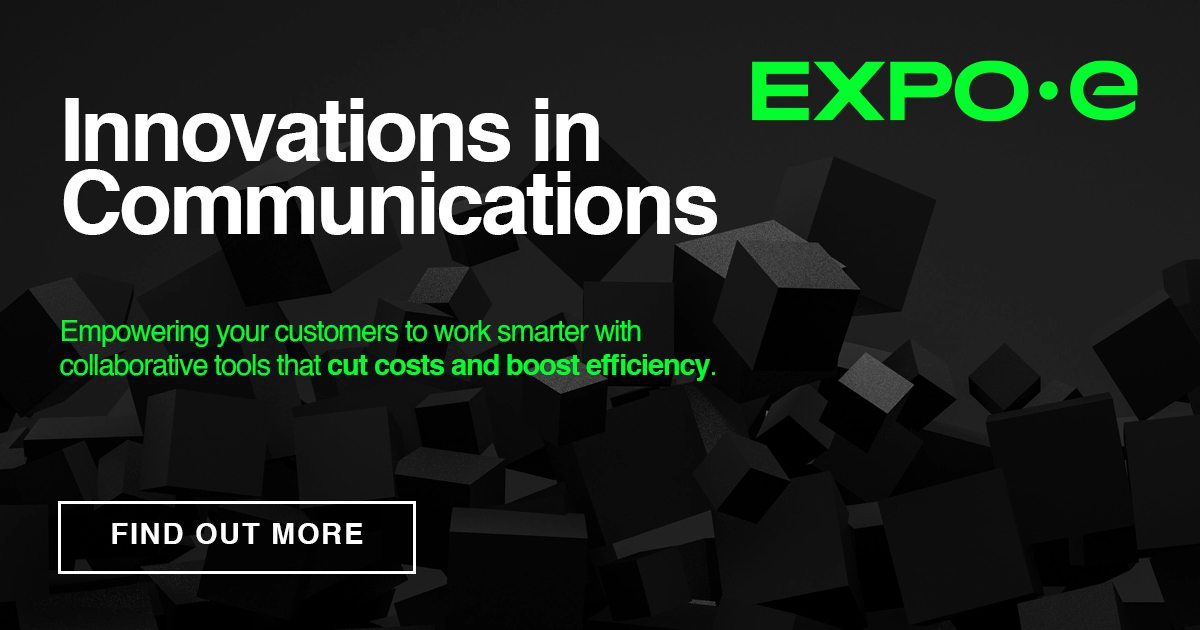Glossary of Terms
Glossaries
| Term | Definition |
|---|---|
| Wide Area Network | A WAN is a Network covering a broad area and connecting multiple smaller Networks across local, regional, or national boundaries. Multi-site organisations can use them to link LANs together. |
| VOIP Phone | A voice over internet protocol phone is a desk phone that is specifically designed to use the internet as a bridge to the public telephone network and allows free calls to any other phone located on the same network. |
| Virtualisation | Virtualisation refers to technologies designed to provide a layer of abstraction between computer hardware systems and the software running on them. With virtualisation, an entire server (including processor and storage) runs as a software image, meaning multiple virtual machines can be run on one physical machine. |
| Virtual Private LAN Service | VPN provides secure connections between private Networks linked through private Networks or public Networks such as the Internet. It allows remote computers to act as though they were on the same secure, local Network – ideal for linking multiple sites, home-based or remote workers. The main benefit of a VPN is the lower cost needed to support this technology compared to alternatives like traditional leased lines or remote access servers. |
| Unified Communications | Unified Communications is the integration of real-time communication services such as instant messaging, presence information, telephony, video conferencing, desktop sharing, data sharing, call control and speech recognition with non-real-time communication services such as unified messaging. |
| UC One | When a client purchases our HPBX solution they gain access to our unified communication platform UC One. UC One is available in 3 tiers called “UC One”, “Office”, and “Office Lite ”. |
| Trunking | A communication line between two switching systems. The term switching system typically includes equipment in a Central Office and PBXs. A tie trunk connects PBXs. Central office trunks connect a PBX to the switching system at the Central Office. |
| Telephony | Telephony is the field of technology involving the development, application, and deployment of telecommunication services for the purpose of electronic transmission of voice, fax, or data, between distant parties. |
| Software as a Service | Software as a Service (SaaS) is a software delivery method over the Internet. The software is hosted remotely, so organisations do not need to invest in additional hardware. Software as a Service removes the need for organisations to handle the installation, set-up and often daily upkeep and maintenance, meaning leaner and more responsive IT resources. |
| SIP Trunks | Session initiation protocol (SIP) trunks act as a bridge between a PBX and the public telephone network. If a client has their own PBX and we are supplying them with connectivity, then staff making calls would reach the public telephone network via a SIP trunk that connects to our core network. |
| Session Initiation Protocol | Session Initiation Protocol (SIP) enables calls to be routed via the Internet rather than a telephone Network. |
| Server | A computer or computer program which manages access to a centralized resource or service in a Network. Comprised of four main components: GPU, memory, storage, and Network. |
| SDN | SDN (Software Defined Networking) is the combination of a number of different technologies and concepts being brought together to change how Networks work. Software automates the configuration and management of the Network, removing the human element and the static nature of Network control and configuration. |
| SD WAN | SD WAN (Software Defined Wide Area Networking) is a transformational approach to simplifying networking between office locations, enabling agility across the Network and cost-effectiveness. It also enables IT departments to retain more control of their Infrastructure. |
| RaaS | RaaS (Render-as-a-Service) provides an Elastic Cloud solution that combines the flexibility of virtualised graphic processing with the security of a Private Cloud, and large-scale on-demand compute power. |


















